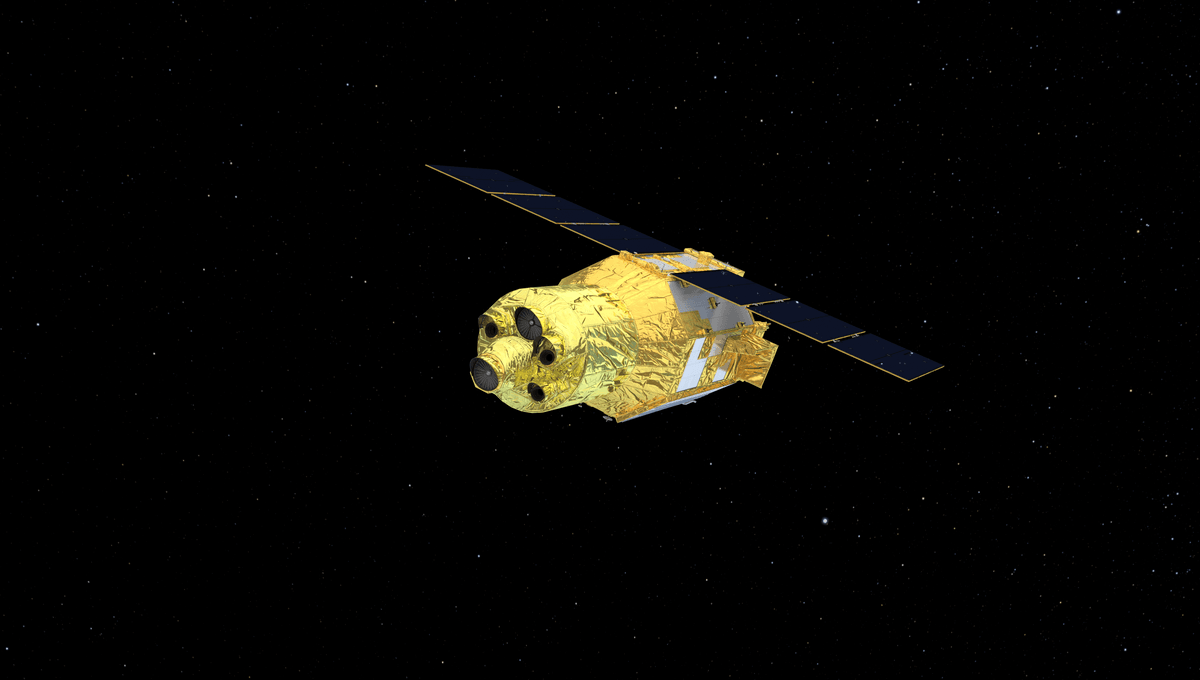Prepare to be amazed by XRISM (pronounced “krizz-em”), the groundbreaking collaboration between JAXA, the Japanese Space Agency, and NASA, with support from the European Space Agency (ESA). XRISM, which stands for X-Ray Imaging and Spectroscopy Mission, is the remarkable successor to the ill-fated Hitomi telescope that tragically failed just a month after its launch.
Equipped with two extraordinary instruments, XRISM is set to revolutionize our understanding of the universe. The first instrument, Xtend, is an X-ray camera that functions much like a standard digital camera, but with the remarkable ability to directly measure the “color” of each X-ray without the need for filters. This breakthrough technology will unlock a whole new level of precision in our observations.
The second instrument, Resolve, is a spectrometer that can precisely measure the wavelength of a photon. This engineering marvel will enable us to make measurements that were previously impossible, providing us with unprecedented insights into the most energetic objects in the universe, such as black holes, galaxy clusters, and the aftermath of stellar explosions.
“Resolve will give us a new look into some of the universe’s most energetic objects, including black holes, clusters of galaxies, and the aftermath of stellar explosions,” said Richard Kelley, NASA’s XRISM principal investigator at NASA’s Goddard Space Flight Center in a statement. “We’ll learn more about how they behave and what they’re made of using the data the mission collects after launch.”
XRISM follows in the footsteps of NASA’s Chandra X-ray Observatory and ESA’s XMM-Newton, both launched in 1999. While these aging telescopes continue to work, their longevity remains uncertain. XRISM will not only bridge the gap but also pave the way for future advancements, as it will demonstrate new technologies that will be utilized by ESA’s Advanced Telescope for High Energy Astrophysics (ATHENA) telescope, scheduled to launch in the next decade.
But XRISM is not just a bridge between old and new. It holds the promise of unveiling groundbreaking insights into the formation of the universe, the mysteries of active galaxies’ centers, and even the enigma of dark matter. This extraordinary telescope will unlock a wealth of knowledge and push the boundaries of our understanding.
“The spectra XRISM collects will be the most detailed we’ve ever seen for some of the phenomena we’ll observe,” added Brian Williams, NASA’s XRISM project scientist at Goddard. “The mission will provide us with insights into some of the most difficult places to study, like the internal structures of neutron stars and near-light-speed particle jets powered by black holes in active galaxies.”
The highly anticipated launch of XRISM is scheduled for 09:26 am Japan Standard Time on Monday, the 28th, which translates to 8:26 pm EST on Sunday, the 27th. Be sure to catch the live stream above and witness this historic event.








